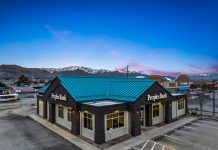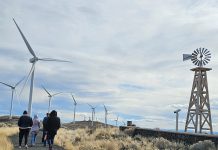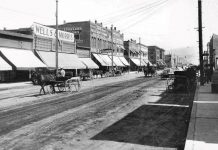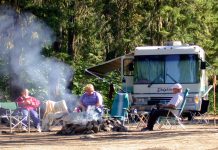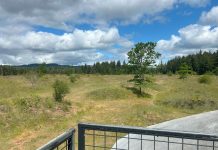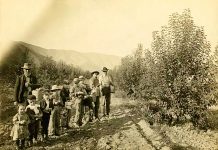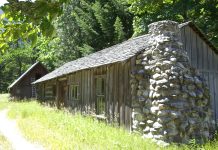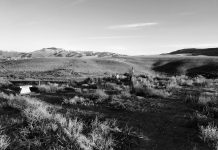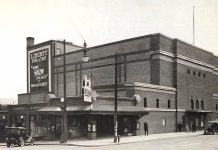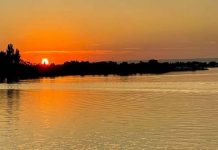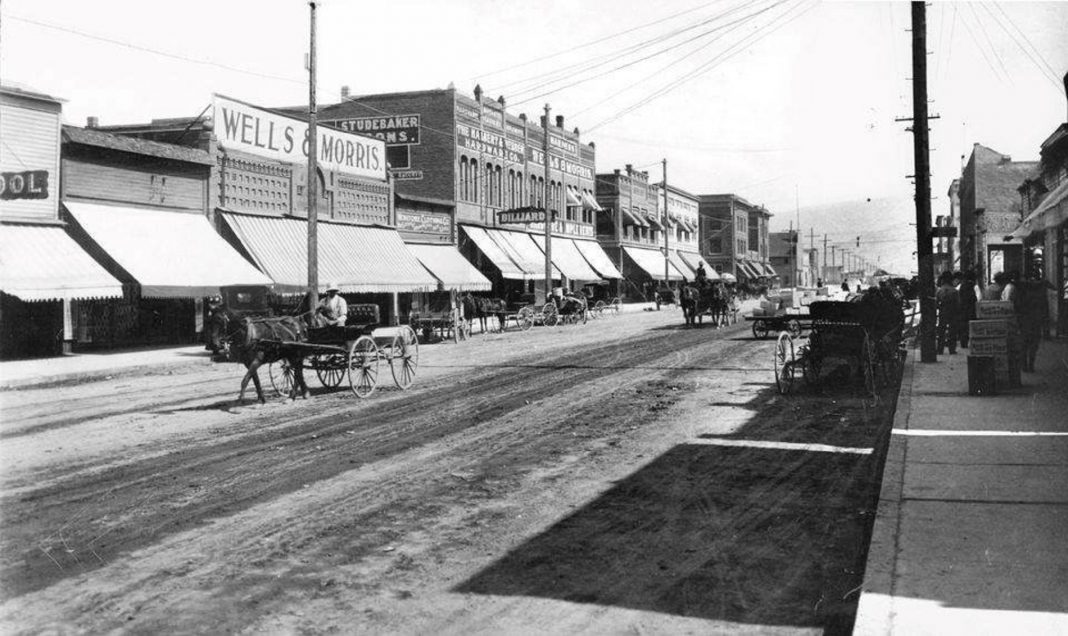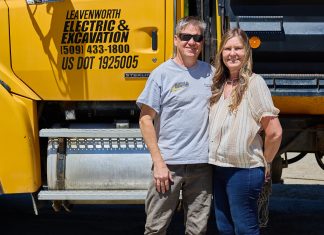Today, residing in the wonderful city of Wenatchee can feel like living in paradise. After all, there’s no better place for the Chelan County seat as it has become the largest city in the county since turning into a thriving and growing town. Not to mention the beautiful scenery, as the city is situated in a fertile valley in Central Washington at the confluence of the Wenatchee and Columbia Rivers, with mountains to the south and west providing a dramatic backdrop for our fair city.
Of course, Wenatchee hasn’t always been the large city it is today, full of hustle and bustle within its scenic views. The land is also home to a group of Indigenous peoples known as the Wenatchi, which the city is named after. They were once a nomadic culture and subsided on salmon, roots, berries, and nuts in the area while interacting and trading with other Tribes. One of their villages, Nikwikwi’estku, was located in present-day downtown Wenatchee and served as their fishing and gathering camp.

As Anglo-American exploration made its way westward, it wasn’t long before the picturesque land of Wenatchee caught the attention of newcomers to the area. Around 1811, the British Northwest Fur Company fur traders traveled through the upper Columbia River region. David Thompson, who led the group, and his crew then encountered a group of Native American horsemen at Wenatchee who invited them into a village with huts. These fur traders, as well as the ones to follow, documented friendly relations through the mid-19th century with the Tribes within the area. As a rule, the first non-Native American settlers began to make their way to the area, with some of the first being gold prospectors, Chinese miners, cattlemen, and missionaries.

It wasn’t too long after that Wenatchee saw its first “business house” in 1867 by two men named Ingram and McBride. It was a trading post on what is now Rock Island, where they conducted trading with the local Native American Tribes. Afterward, other small businesses began to open up in the town, and a hotel soon followed for all the area’s new wayward travelers.
However, more and more people began to settle permanently in the area due to these new businesses. By January 1892, the population had increased from 108 the previous year to 300 residents. This year was also significant to the newly blooming city as the Great Northern Railway decided to build its train depot about one mile south of Wenatchee.

This would not be an easy venture, however, as the Wenatchee Valley was essentially inaccessible because of the surrounding mountains. Still, it was the perfect mid-point between Spokane and Seattle, and the new town’s great potential as a productive agricultural region and business center did not go unnoticed. With this new vision, a group of Seattle businessmen formed the Wenatchee Improvement Company years prior to the population growth in December 1890. Their goal was to acquire property and build a town.
One man on the board was Judge Thomas Burke, who has since been dubbed “The Father of Wenatchee” despite being a resident of Seattle. Also on the board was Don Carlos Corbett, who chose the name Wenatchee for the town. It was in early 1892 that these men, along with other members of the Wenatchee Development Company, began work with the Great Northern Railway, where they surveyed and platted the present site of Wenatchee.
Initially, the city was considered part of Kittitas County, where it was officially incorporated as a city on January 7, 1893. However, by the late 1890s, the city was growing considerably, and the need for a new county was becoming abundantly clear. This was because Ellensburg, the county seat of Kittitas, was separated from the Wenatchee Valley by an extensive range of mountains. During the winter, this proved hard for citizens of Wenatchee to make the trek to Ellensburg for business purposes as the county seat was virtually inaccessible during the cold season except via Spokane or Seattle by railroad. Thus, the state legislature created Chelan County in 1899 by carving it out of the existing Kittitas and Okanogan Counties.

By now, the stage was set for the city’s upcoming economic and population boom. Being the new county’s seat meant businesses could carry on locally, which was just what the region needed. It was becoming abundantly clear that the rich volcanic soil and proximity to the Columbia and Wenatchee Rivers would be an agricultural success for the growing city. Within a few years, the Valley was covered with row upon row of young fruit trees, and as apple exports increased, others within the Pacific Northwest began to flock to the “valley of apples” to come and stay. In the span of 25 years, Wenatchee quickly became the center of the greatest apple-producing region in the world.
With more newcomers to the area, new industries also began contributing to Wenatchee’s blooming economy. Manufacturing, lumbering, irrigation projects, mineral development, steamboat transportation, and shipping soon became prominent in the area, with steamboat transportation and shipping the most successful.

And so, beloved Wenatchee continued to grow. By 1930, its population had already reached 11,627, a gain of 5,303 residents in 10 years — a leap that was its most in history by that point. This boom reflected the city’s continued prosperity in agriculture and its cultural and civic development, which managed to keep pace with its industrial development. All the makings of a thriving community laid the groundwork for creating libraries, two daily newspapers, an excellent educational system, many churches, theaters, and a busy commercial district.
From there, the rest was history, as they say. The wonderful Wenatchee community continued with its prosperous growth, earning the title of the second largest city in Central Washington. The area continues to draw in people from all over the region just as it did since its start all those years ago.



